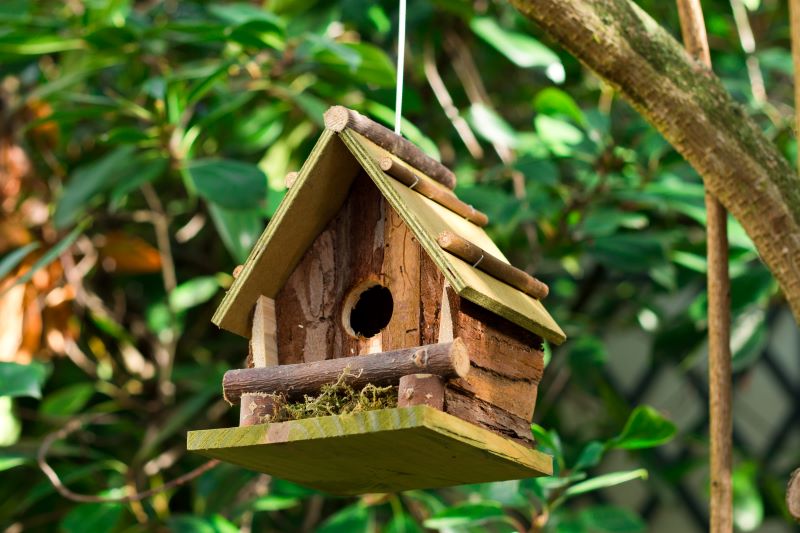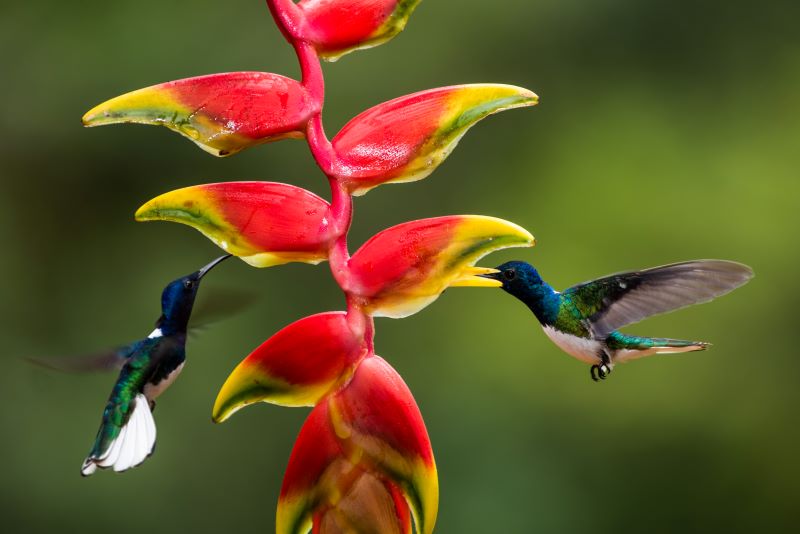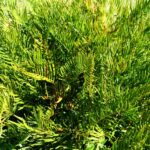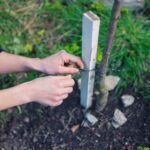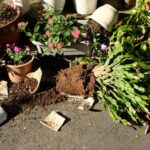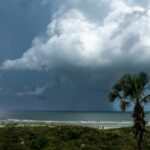A thriving garden isn’t just about beautiful plants; it’s also about supporting local wildlife. The Florida-Friendly Landscaping™ principle of attracting wildlife emphasizes creating habitats that sustain birds, butterflies, bees, and other beneficial creatures. By following this principle, you’re contributing to the biodiversity and health of Sarasota’s ecosystem. Here’s how to turn your landscape into a wildlife haven.
The Benefits of Attracting Wildlife
Wildlife plays a critical role in the health of your garden and the broader environment:
- Pollination: Bees, butterflies, and birds help pollinate flowers and crops, ensuring a productive garden.
- Pest Control: Birds and beneficial insects can naturally manage pest populations, reducing the need for chemical pesticides
- Biodiversity: Creating wildlife-friendly spaces supports a rich variety of life, promoting ecological balance
Key Elements to Attract Wildlife
1. Provide Food Sources
Wildlife needs a variety of food sources to thrive. By offering nectar, seeds, berries, and nuts, you can attract an array of creatures to your garden.
- Native Flowering Plants: Grow nectar-rich flowers like firebush (Hamelia patens) or coreopsis to attract bees and butterflies.
- Fruit-Bearing Shrubs: Consider planting native shrubs like beautyberry (Callicarpa americana) or wild coffee (Psychotria nervosa), which produce berries that birds love
2. Offer Shelter and Nesting Areas
Wildlife needs safe places to rest, hide, and raise their young.
- Trees and Shrubs: Plant a mix of native trees and dense shrubs to provide year-round cover. Live oaks (Quercus virginiana) are excellent for supporting birds and squirrels
- Nest Boxes: Install birdhouses or bee hotels to offer additional nesting spaces for cavity-dwelling species.
- Leaf Litter and Brush Piles: Leave some areas of your garden untidy with fallen leaves or a brush pile for creatures like lizards, frogs, and beneficial insects
3. Create Water Features
Water is a crucial resource for wildlife, especially during Florida’s dry season.
- Birdbaths: Set up shallow birdbaths with fresh water, and keep them clean to prevent disease.
- Ponds or Water Gardens: A small pond can attract frogs, dragonflies, and birds. Add aquatic plants like pickerelweed (Pontederia cordata) for added habitat value
Specific Tips for Attracting Popular Wildlife
1. Butterflies
- Host Plants: Plant specific host plants for caterpillars, such as milkweed for monarch butterflies or cassia for sulfur butterflies.
- Nectar Plants: Include bright, nectar-rich flowers like salvia and lantana to feed adult butterflies
- Avoid Pesticides: Even organic pesticides can harm butterflies and their larvae, so use them sparingly or not at all.
2. Birds
- Native Trees for Nesting: Plant trees like slash pine or cabbage palm to provide natural nesting spots.
- Fruit and Seed Sources: Grow native grasses that produce seeds and shrubs that offer berries
- Bird Feeders: Supplement natural food sources with feeders, especially during migration seasons.
Protecting Wildlife in Your Garden
While attracting wildlife is rewarding, it’s important to do so responsibly:
- Keep Cats Indoors: Domestic cats are a major threat to birds and small mammals. Consider using cat-proof fencing or keeping your feline friends inside.
- Avoid Chemical Pesticides: They can harm beneficial insects and contaminate food sources
- Educate Yourself on Native Species: Understanding which animals are beneficial and how to support them helps maintain a healthy garden ecosystem
Conclusion
Creating a wildlife-friendly garden enhances your landscape’s beauty while contributing to Sarasota’s biodiversity. By providing food, water, and shelter, you’re helping local species thrive and promoting a healthier environment. Visit Troy’s Tropics for expert advice on wildlife-friendly plants and garden accessories. Join our upcoming workshops to learn more about attracting and supporting wildlife in your Florida landscape!

